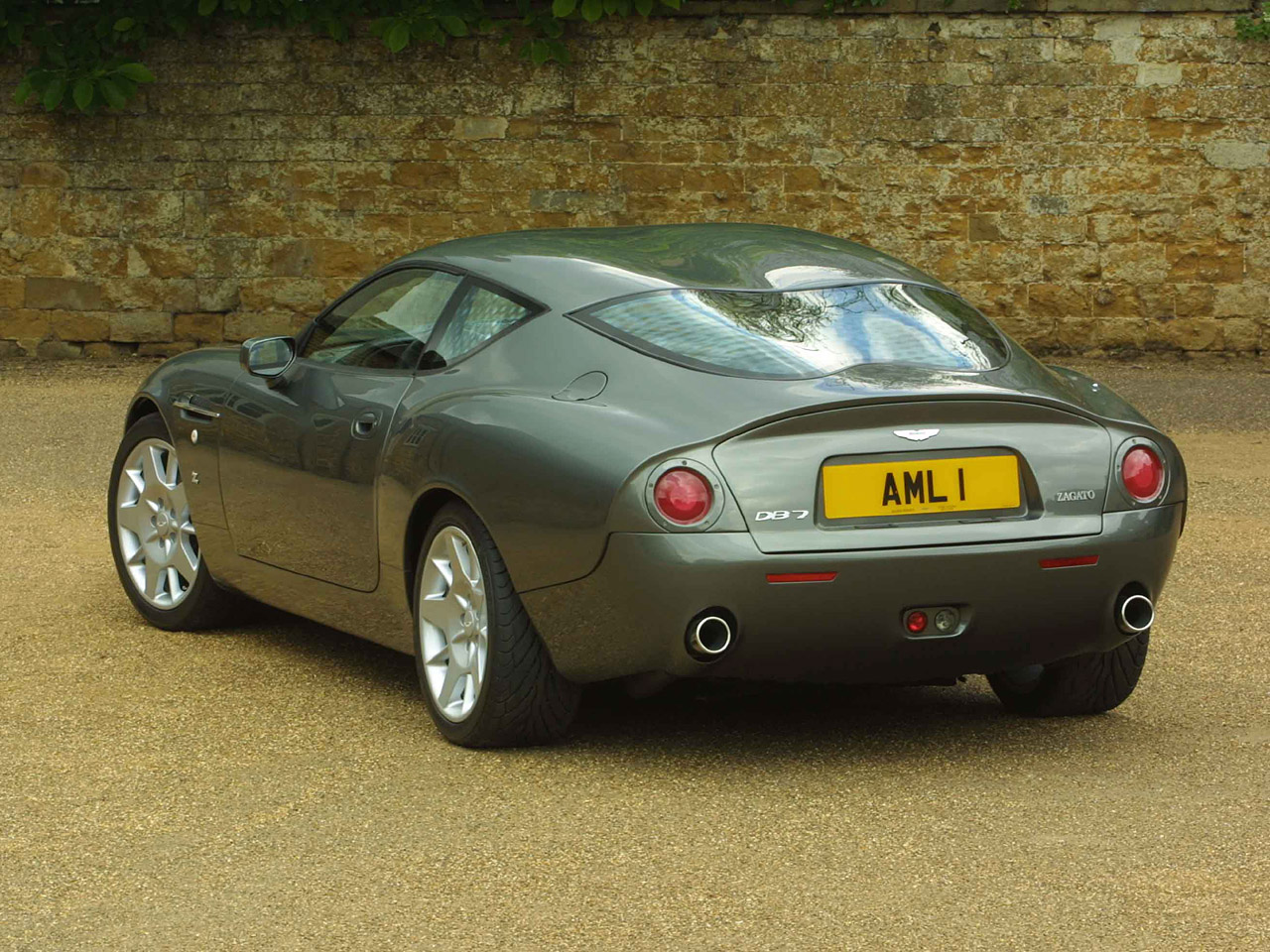Aston Martin DB7 Zagato
(from Zagato Press Release) Aston
Martin DB7Z Zagato was born during a meeting between Elio’s son Andrea
Zagato, and Ulrich Bez, CEO of Aston Martin Lagonda Ltd., in Pebble
Beach Concours of Elegance 2001. The idea was to relaunch the
collaboration between the two companies.
Four months later (January 2002), Zagato presented to Ulrich Bez and
Henrich Fisker his first sketches of the car and obtained the approval
during the Geneva Motorshow (March 2002).
This represents a new chapter in the long-standing relationship between
the two firms inaugurated in the Sixties with the DB4 Zagato and
subsequently consolidated with the Vantage and Volante Zagato. The
sleek and muscular DB7 Zagato is a return to the styling that made the
DB4 Zagato a classic. From a grill that references the original, to the
long hood, truncated tail, and curvaceous top crowned by the immortal
Zagato “double bubble” roof, the DB7Z can only be an Aston-Zagato. The
interior will mimic the DB4Z in being comfortable yet Spartan, a
reflection of the DB7Z’s sporty nature and superior performance to the
production DB7 Vantage.
Body &
Exterior
Suspension, Wheels & Tyres
8x18” front (unique to DB7 Zagato); 9x 18” rear (standard DB7 Vantage)
Powertrain


